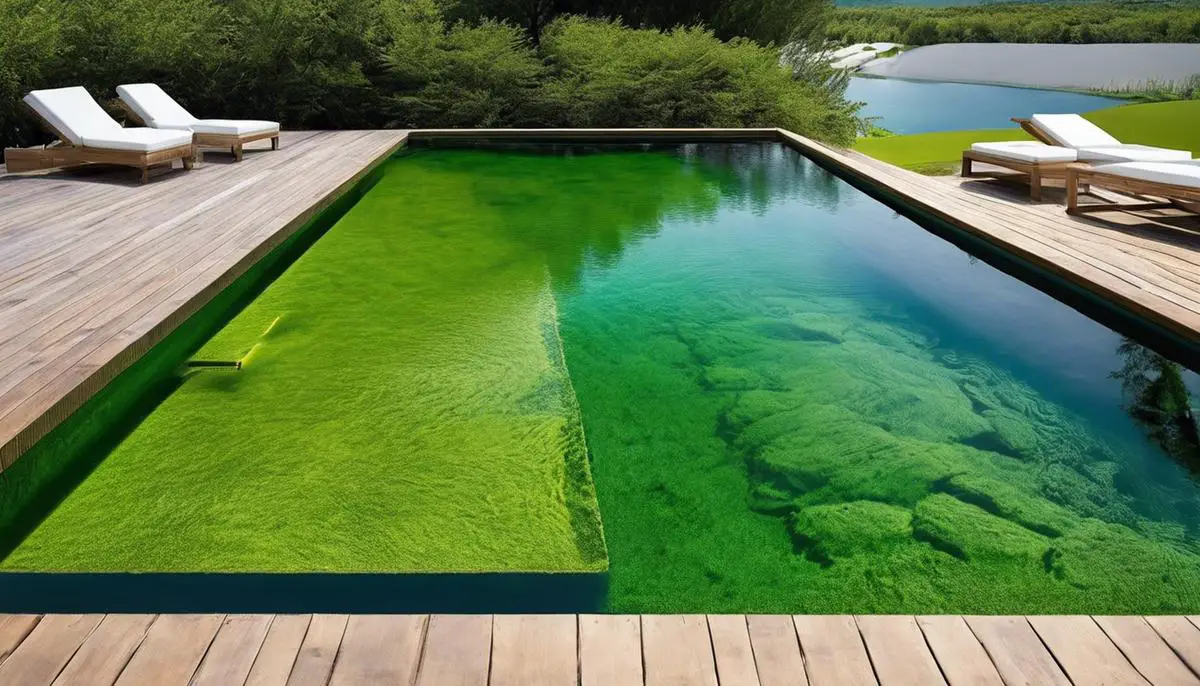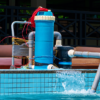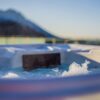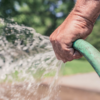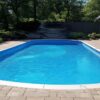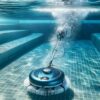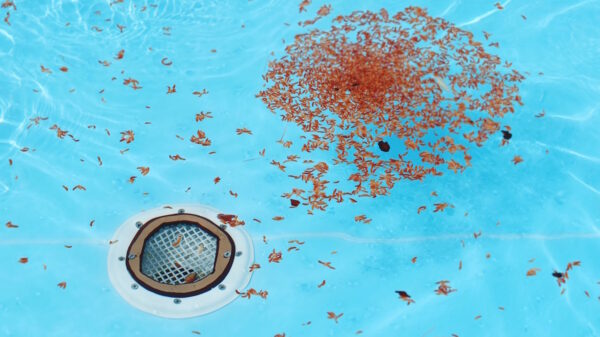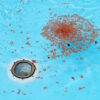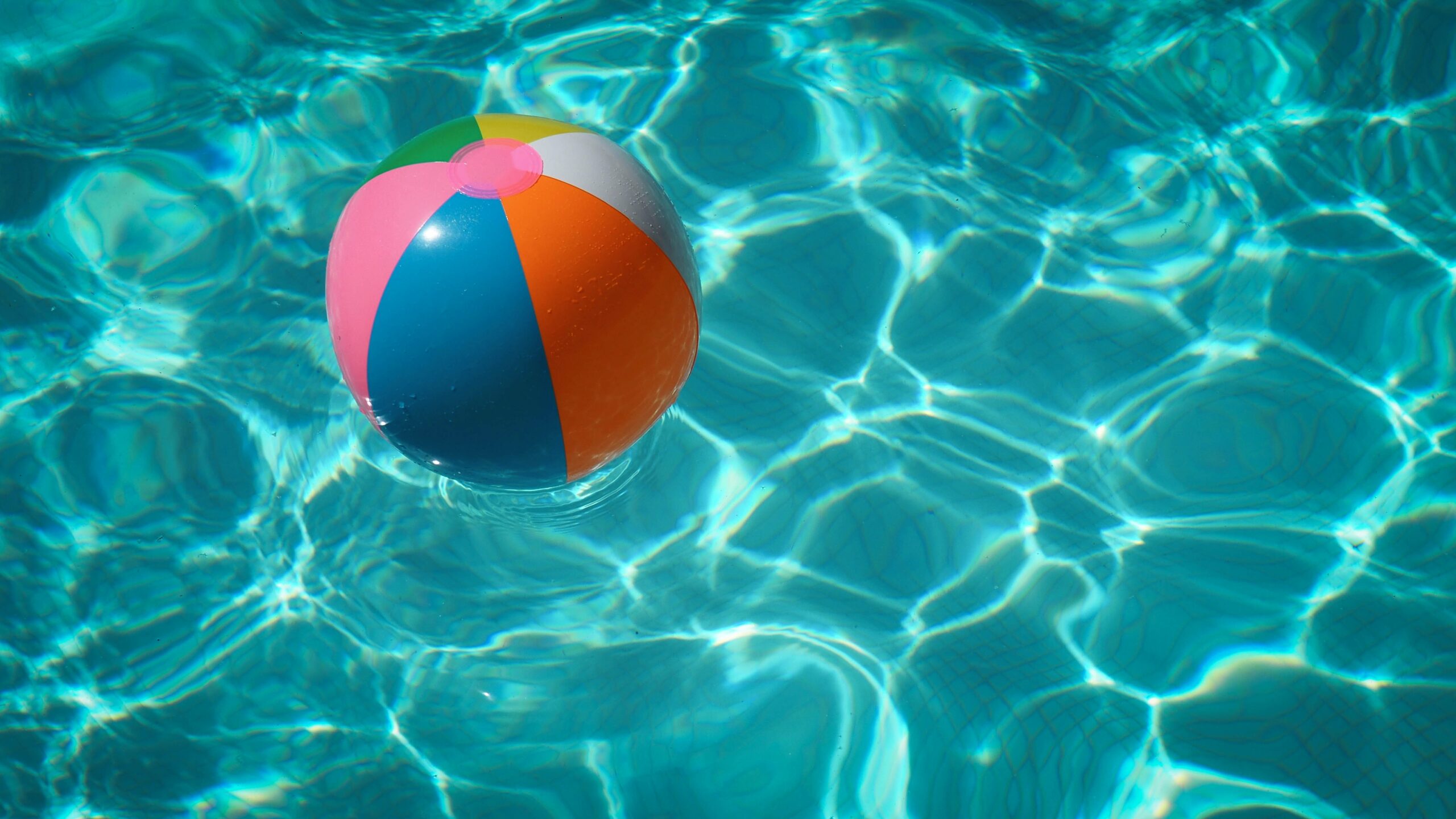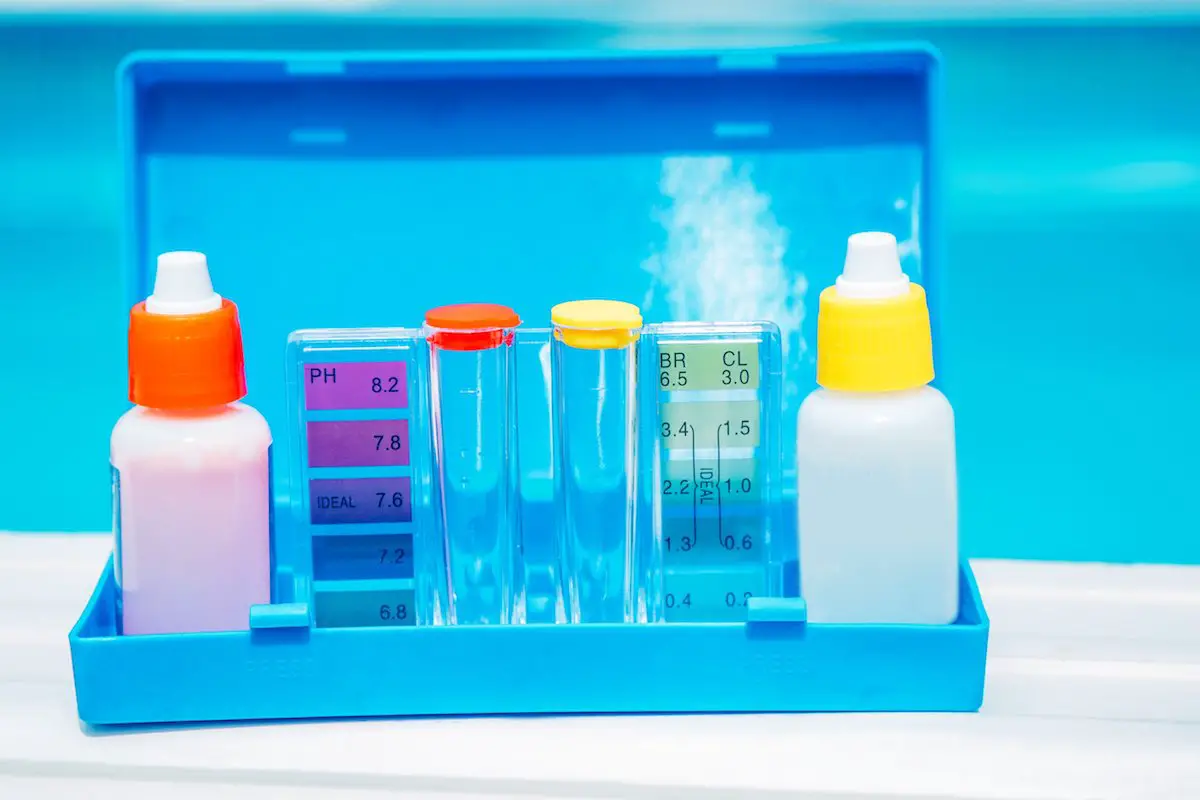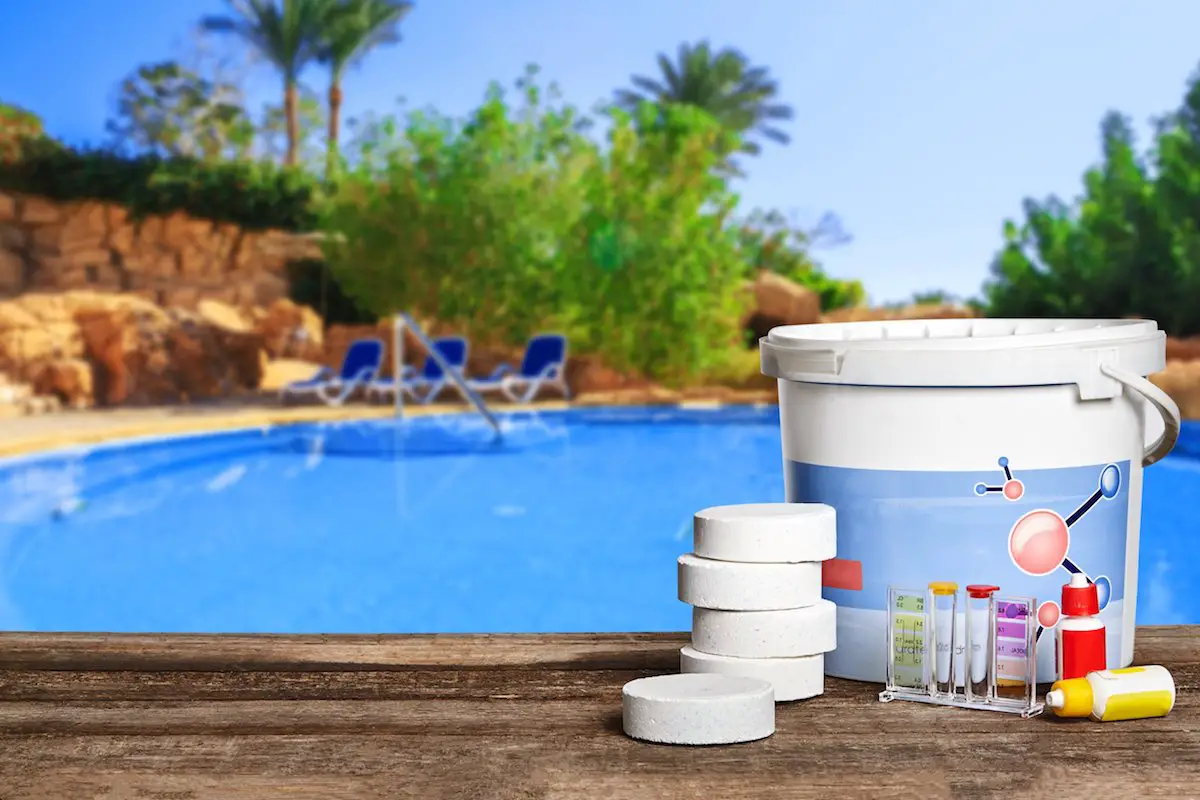The joy of owning a swimming pool comes hand-in-hand with the responsibility of proper maintenance, especially during winter months. As the temperature drops, certain measures need to be implemented to protect your pool from damage and prevent algae growth. Key amongst these efforts is understanding the application and effectiveness of pool algaecides, elements specifically designed to combat unwanted aquatic life. Learning the basics of managing pool algaecide during winter is vital as a pool owner.
This involves comprehensive knowledge about the diverse types of algaecides, their working mechanisms, and how they aid in maintaining the overall health of your pool during winter. Moreover, we will delve into the specifics of winter pool preservation, like appropriate winterizing methods, diverse covering alternatives, water balancing techniques, and how to manage algaecide during winter.
Understanding Algaecides And Managing Pool Algaecide During Winter
Unraveling Pool Algaecides and Their Mechanism: A Dive into Clean, Algae-Free Swimming Pools
Got an unexpected green guest in your swimming pool? Yes, you guessed right. We’re talking about none other than persistent and pesky algae. This uninvited friend is not just an eyesore but can also wreak havoc on your pool’s overall health. Luckily, pool algaecides are an efficient resort to eradicate algae, but what exactly are they, and how do they work?
Let’s take a deep dive into pool algaecides.
Algaecide, as the name indicates, is a substance used to kill or prevent the growth and spread of algae. It plays an integral role in maintaining your pool water’s sanitation, ensuring you enjoy your swim without any green companions.
Pool algaecides are specially formulated chemical elements utilized to disrupt the growth cycle of algae, thus reducing its prevalence. They come in different types, each serving a particular purpose based on the variety of algae they’re designed to combat. The most common types include quaternary ammonium compounds (quats) and polymeric biguanide, which are most effective for green algae, and copper-based algaecides used for stubborn black algae.
So, how exactly do these pool algaecides work?
Quats work by disrupting the algal cell’s wall, causing the cell to leak and die. They produce a foaming action and have a relatively low cost, making them a popular choice for pool owners. On the other side of the spectrum, polymeric biguanide operates without producing foam. It binds with alga molecules, causing them to coagulate. The complex then forms bigger particles that can be easily eliminated through filtration.
Copper-based algaecides like copper sulfate and chelated copper act against stubborn black algae. They function by releasing copper ions into the water. Black algae intake the copper ions when absorbing nutrients, which terminates their metabolic functions and kills them ultimately.
Remember, using an algaecide isn’t as simple as dumping it into the water. Proper pool chemistry and circulation are essential for the algaecide to be effective. It works best if you follow the manufacturer’s instructions – ensuring you use the right dose for your pool size.
Also, it’s crucial to know that algaecides should be used as a preventative, not as a primary means of getting rid of an algal bloom. If algae have taken over your pool, you’ll need to “shock” or hyper-chlorinate your pool first – to kill the majority of algae – before applying an algaecide for the remaining algae. Managing pool algaecide during winter isn’t a simple task but it isn’t impossible either.
Battery low on your robot vacuum? That can wait. But a pool turning into a green monster certainly can’t. So, the next time you’re planning a splash, use pool algaecides in your arsenal for maintaining a clean and clear pool. They act like silent guardians, helping us transform monstrous green pools into pristine bodies of water perfect for a refreshing swim.
Pool Maintenance- Managing Pool Algaecide During Winter
Passionate pool caretakers know that winter doesn’t signal a time to completely neglect the pool. On the contrary, the colder months offer an opportunity to practice some essential maintenance steps to ensure the pool remains in pristine condition for the warmer months. Even if the pool isn’t being used, water chemistry still needs attention, and managing pool algaecide during winter, makes the task of reopening the pool in spring becomes less daunting.
- The first step, before the plunging temperatures set in, is to balance your pool’s water chemistry. This means adjusting the pH levels (ideally between 7.2 and 7.8), alkalinity (between 80ppm and 120ppm), and calcium hardness (somewhere around 180ppm to 220ppm for vinyl pools and 220ppm to 250ppm for concrete pools). Doing this will help prevent the buildup of harmful microorganisms, as well as unwanted scale deposits and stains.
- Next comes lowering the water level. This might seem counterintuitive, but it’s a crucial step to avoid freezing damage. Water expands when it freezes, and this can cause serious cracks and damage to your pool and its components. The water level should be lowered below the pool’s skimmer.
- Preparing the pool cover for winter is an essential step as well. Whether you use a safety cover or a winter cover, ensure that it’s secure and free of holes or damage. This cover will protect the pool from debris and preserve the water chemistry balance longer. During the cold winter months, keep an eye on that cover. Heavy snowfall or ice could weigh it down and cause damage. So, it’s important to brush off snow and debris regularly.
- Just as with algaecides, pool chemicals shouldn’t be neglected in the winter. While the usage might be lower than during the open season, the need for chemicals still remains. A winterizing chemical kit is helpful in this regard, providing the necessary chemicals to combat algae growth and keep the water clear. Maintaining the pool filter during these colder months is equally important. Cleaning it out ensures it’s ready to work efficiently when warm days roll around again.
- Lastly, remember to periodically check the water’s chemistry throughout the winter. Even though the pool isn’t in use, pH and chlorine levels can still vary.
By following these essential steps, the winter months become less of a curse and more of a manageable phase for pool maintenance. When the spring sun finally breaks through and it’s time to dive back in, a serviced and well-maintained pool will be waiting. Always remember, a little prevention goes a long way and will save you time once swimming season returns.

Algaecide Application in Winter
Now let’s delve into a less-tread path – managing algaecides during the quiet winter months. A well-maintained pool in winter ensures less effort when opening the pool for summer. A key component to this maintenance is the right management of algaecides.
Firstly, remember to maintain algaecides at their correct levels. There’s a temptation to skimp on them during the colder months, but an algaecide reduction will encourage algae growth, especially if the pool water is not chilled enough. Regular testing and adjusting of algaecide levels is paramount for a sparkling clean pool come the warmer weather.
Consider a winter algaecide – a long-life product specifically designed to help keep your pool algae-free during the winter months. Select one that’s labeled for winter use and follow the dosage instructions carefully. Avoid using a ‘shock and swim’ algaecide, as these are not intended for long-term use.
The backbone of algaecide management is careful water circulation. Yes, even in winter! While running the pool filter might seem unnecessary when the swimming pool isn’t in use, periodic circulation will effectively distribute algaecides and deter algae from getting comfortable. Run the pool’s filtration system for a few hours every week to ensure that the algaecides reach all corners of the pool.
And don’t forget about the pool cover! A solid pool cover prevents sunlight, a major catalyst for algae growth, from penetrating the water. If you live in a climate that has snow in winter, make sure to manage the snow load on your pool cover. Unchecked snow accumulation can damage the cover and challenge your algaecide’s protective efforts by introducing additional water into the pool as it melts.
Finally, let’s not fail to acknowledge weather conditions. During an unusually warm winter, or in case of winter rains, more algae can grow and additional algaecide applications may be necessary.

Conclusion
In essence, managing pool algaecide during winter revolves around regular checks and maintenance. Regular testing of levels, weekly circulation of water, and good pool cover management are key. A bit of care during winter will directly result in less hassle in summer. So when the next sunny day shows up and you slip into your swimsuit, beaten only by the light speed at which the kids are already doing cannonballs into the pool, you’ll know…you’ve won half the battle in winter. Now splash on!
As we have learned, proper winter pool management requires careful planning and effort. Managing pool algaecide during winter efficiently and effectively can protect your pool from algae blooms and manage any existing growth. It is crucial to recognize the correct time for algaecide application, understand the appropriate quantity for use, and adhere to important precautions to ensure a flawless and algae-free pool once the snow melts. So, as you prepare to close your pool this winter, remember that keen understanding and execution of these algaecide strategies will undoubtedly extend the lifespan of your pool system and pay off in seasons of refreshing and clean swims to come.

